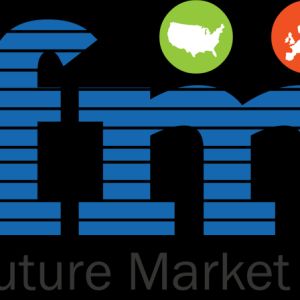Magnetoencephalography Market - Size, Share, Outlook, and Analysis, 2018-2026Posted by Pareesh on June 28th, 2019 Magnetoencephalography (MEG) is one of the medical neuroimaging technology tracks the brain activity by measuring magnetic field produced by neurons in the brain. It is a non-invasive technique, which is safe, radiation-free, and child-friendly. MEG device consists of numerous and very sensitive magnetometers called as Superconducting Quantum Interface Device (SQUID). MEG test can be used for diseases such as Alzheimer’s disease, Epilepsy, and brain tumor. Get Request sample copy for Industry Insight: https://www.coherentmarketinsights.com/insight/request-sample/2467 It also offers real-time resolution as it is capable of providing results in milliseconds and can identify the primary location of brain activation. A MEG device captures brain activity by detecting and amplifying magnetic signals produced by the brain and does not emit radiation or induce magnetic fields. Increasing awareness and diagnosis of mental illness or brain injury is expected to boost growth of the global magnetoencephalography market during the forecast period. According to National Institute of Mental Health (NIMH), in 2016, around 44.7 million people18 years of age or above in the U.S. suffered from mental illness and around 19.2 million people received treatment with right diagnosis. Furthermore, research and development activities of new technologies in magnetoencephalography is expected to boost the market growth. For instance, in March 2018, researchers at the Sir Peter Mansfield Imaging Center, University of Nottingham and the Wellcome Centre for Human Neuroimaging, University College London developed a new-generation, light-weighted MEG brain scanner, which can be worn like a helmet to allow patients to move naturally whilst being scanned. A major restraining factor for the global magnetoencephalography market growth is low availability of MEG devices. For instance, in 2015, the European MEG Society (EMEGS) surveyed 44 MEG centers in 10 different countries of which only 12 centers used MEG for clinical purpose. Therefore, low availability of these devices is hampering the global magnetoencephalography market growth. Furthermore, high device and maintenance cost is also a barrier for adoption of MEG. One MEG device costs US$ 2 million to million, which is relatively high for use in the middle to lower income countries. Purchase Copy of This Business Research Report: https://www.coherentmarketinsights.com/insight/buy-now/2467 Key players operating in the global magnetoencephalography market include, Advanced Brain Monitoring Inc., BASF, Cadwell Laboratories Inc., CAS Medical Systems, Compumedics, Ltd., Compumedics Germany GmbH, DePuy Synthes Companies, Dow, Elekta AB, Electrical Geodesics, Inc., Formosa, HeadSense Medical Inc., MEGlobal, Reliance, SABIC, Sinopec, Shell, Medtronic, Natus Medical, Nihon Kohden, Philips Healthcare, GE Healthcare, Siemens Healthcare, and SIBUR. About Us: Coherent Market Insights is a prominent market research and consulting firm offering action-ready syndicated research reports, custom market analysis, consulting services, and competitive analysis through various recommendations related to emerging market trends, technologies, and potential absolute dollar opportunity. Contact Us: Mr. Shah Like it? Share it!More by this author |


